We may earn money or products from the companies mentioned in this post. This means if you click on the link and purchase the item, I will receive a small commission at no extra cost to you ... you're just helping re-supply our family's travel fund.

Runway to city in under 30 minutes? In these places, that’s normal. Some cities are built for cars, but these 13 reward travelers who tap in, not gas up. With frequent trains, clear signage, fare capping, and seamless airport links, they turn big itineraries into simple hops. From hyper reliable metros to ferries and regional rail, each pick favors time over traffic, so you can land, tap, and go.
Tokyo, Japan

Tokyo’s JR and metro knit a vast, on time network into short, effortless rides, with multilingual signage that keeps even jet lagged brains on track. Both Narita and Haneda have direct rail, while IC cards like Suica work across subways, buses, and even convenience stores, trimming friction from every transfer and easily beating taxi delays at peak.
Singapore

Singapore’s MRT is islandwide, spotless, and clockwork reliable, connecting hawker centers, gardens, and business hubs with minimal transfers. Changi slots directly into the system, and fare capping keeps costs predictable, so you can glide from Jewel’s waterfall to the riverfront without taxi queues, even when roads back up in the CBD.
Hong Kong, China
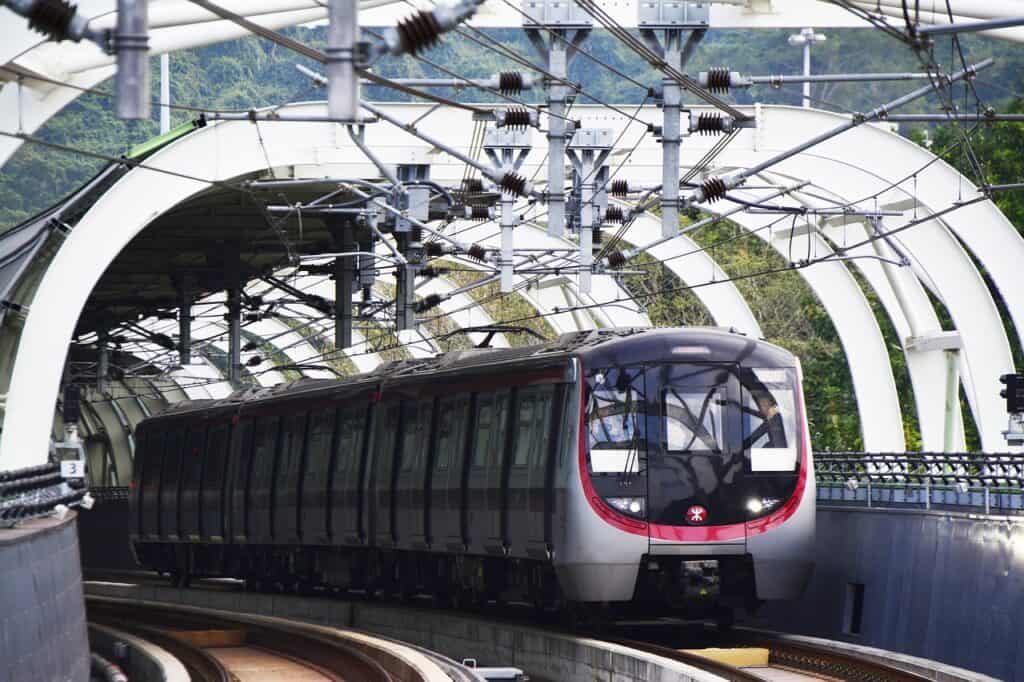
The MTR’s dense grid pairs with coordinated buses and ferries under the ubiquitous Octopus card, making navigation feel second nature on day one. Airport Express reaches Central in about 24 minutes, and Time Out’s 2025 ranking places Hong Kong first globally for public transport, proof it routinely outpaces traffic.
Seoul, South Korea
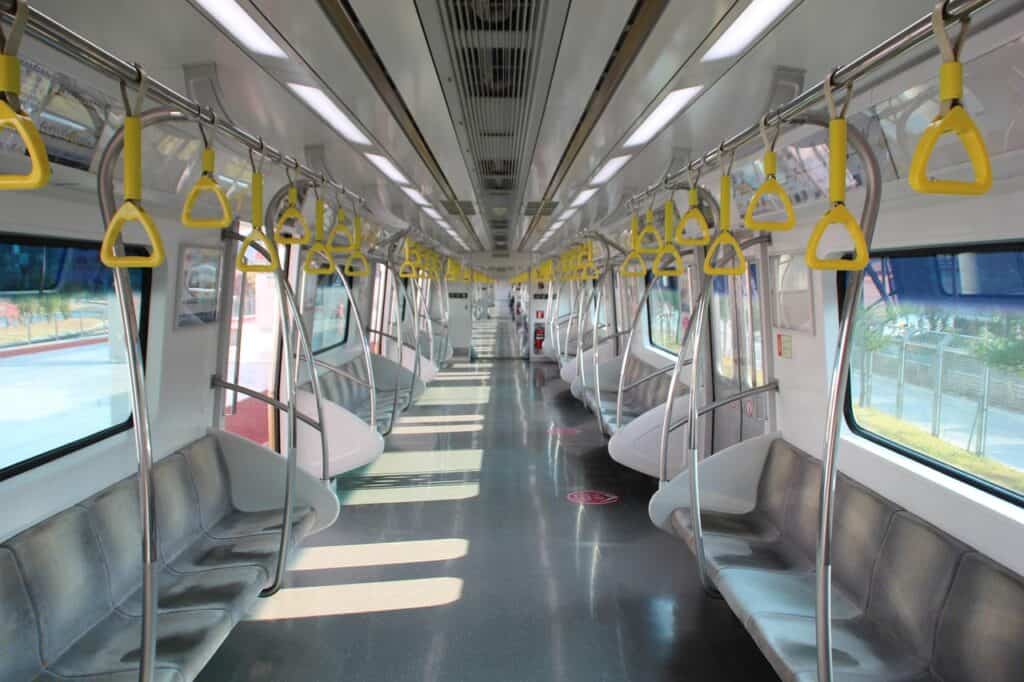
Color coded lines, abundant English signage, and long service hours make cross town sightseeing simple from palaces to late night food alleys. Free or low cost transfers keep multi stop days affordable, and suburban reach adds tech districts or DMZ tours, avoiding highway jams that can stretch car trips.
Berlin, Germany

Harmonized U Bahn, S Bahn, trams, and regional rail with simple zones and short headways turn cross city trips into routine, stress free hops. Day tickets cover nearly all modes, cutting planning overhead and sidestepping parking hunts around Museum Island or the government quarter during peak periods.
Prague, Czechia

Three clear metro lines anchor one of Europe’s standout tram networks, shrinking landmark to landmark rides to minutes with intuitive wayfinding. The compact core rewards spontaneity, blending scenic walks with quick tram jumps that easily beat downtown congestion and limited central parking.
Copenhagen, Denmark
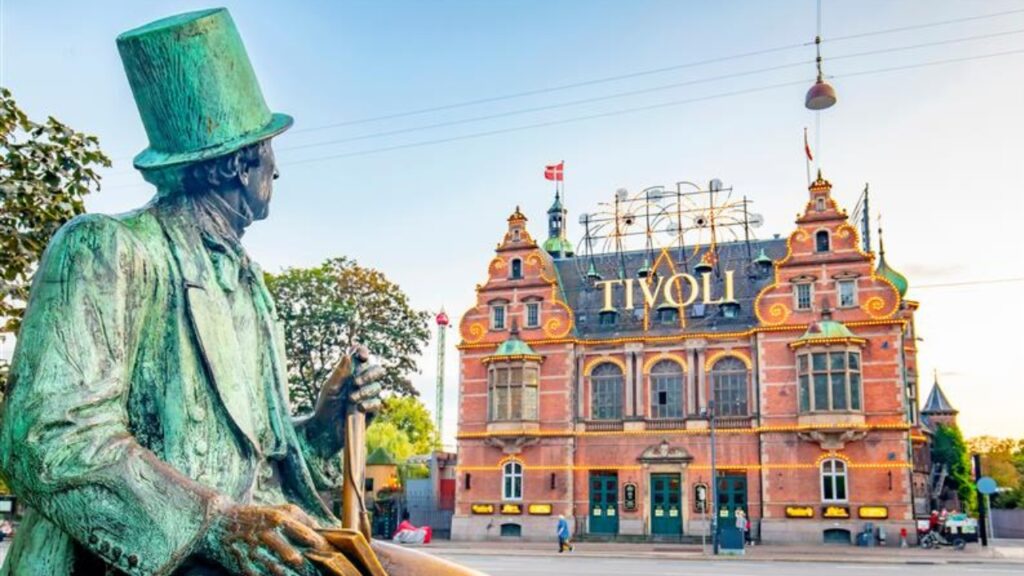
A driverless metro runs tight intervals and links directly to the airport, with seamless handoffs to S trains and buses for neighborhood coverage. Pair it with bike first streets and you’ll skirt waterfront bottlenecks and bridge traffic while stringing together design districts and castles in one smooth loop.
Stockholm, Sweden

Stockholm’s integrated metro, pendeltåg, and ferries place museums, neighborhoods, and the archipelago under one fare system and easy maps. Frequent services enable spontaneous day trips, letting you bypass tunnel congestion and island bridge traffic on the way to galleries or island cafés.
London, UK
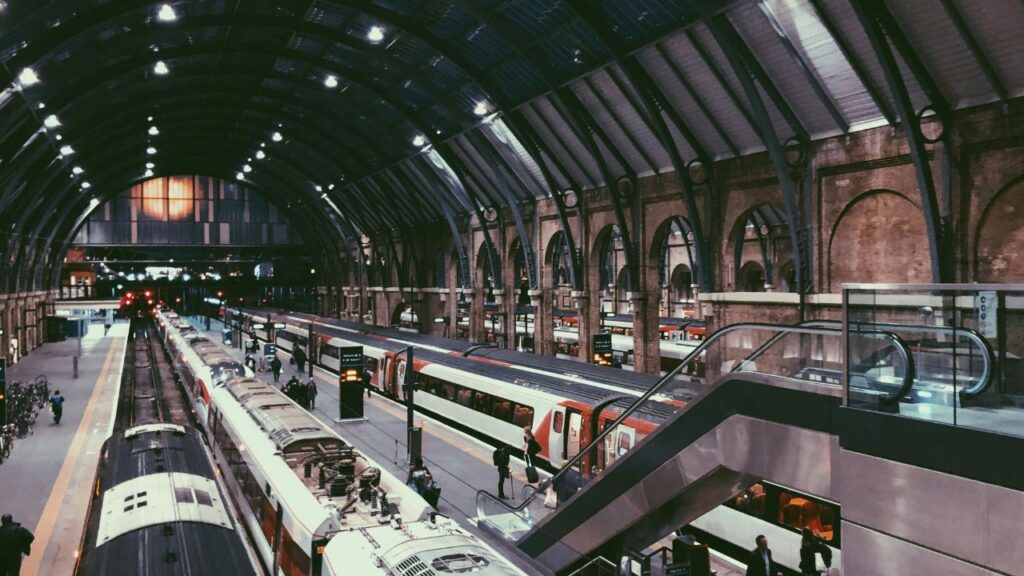
The Tube, Elizabeth line, Overground, and a vast bus web accept contactless with daily capping, turning complex journeys into predictable costs. From Heathrow, choose the Elizabeth line or Heathrow Express and skip M4 snarl ups; high frequencies keep cross town treks smooth even in rush hour.
Paris, France
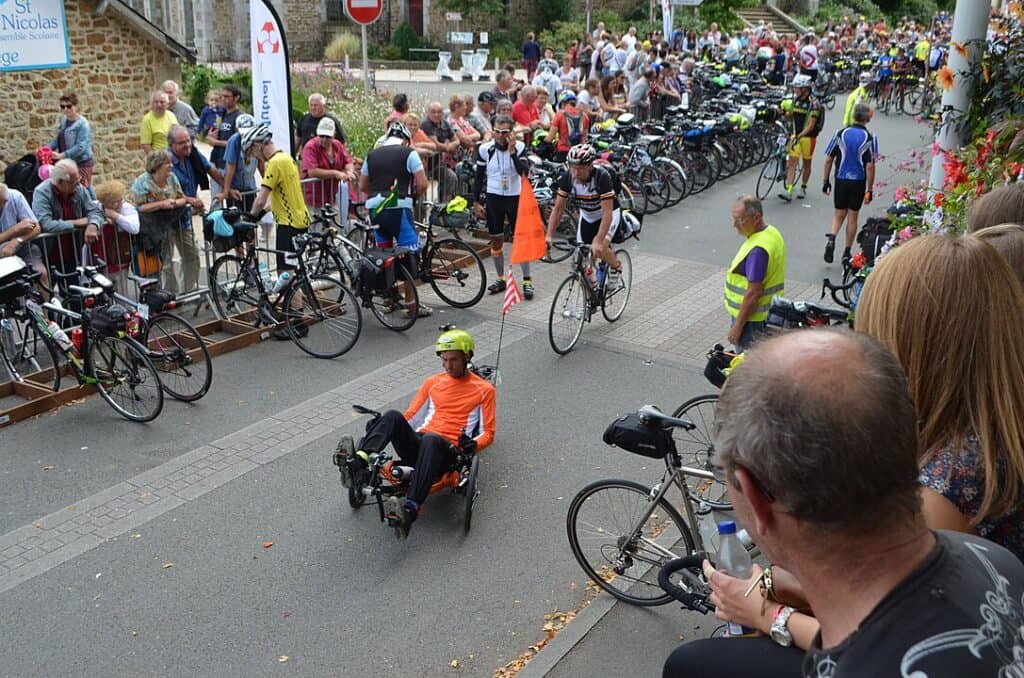
Sixteen Metro lines and the RER knit CDG, Orly, Disneyland, and Versailles into fast, reliable links that often beat cars at peak. The Grand Paris Express is expanding suburb to suburb options, while dense central coverage keeps café to gallery hops short and stress free compared with périphérique traffic.
New York City, USA

A 24/7 subway paired with extensive buses and commuter rail reaches most attractions across multiple boroughs, no parking hunts required. One tap card with weekly capping tames costs, and frequent service trims cushion time, especially when bridges and tunnels clog during rush hour.
Chicago, USA

The ‘L’ ties downtown to both O’Hare and Midway and runs frequent trains that blanket the Loop, museums, and lakefront corridors. Clear line branding and a logical grid help first timers orient fast, and skipping expressway traffic often saves time on airport days and big event weekends.
San Francisco Bay Area, USA
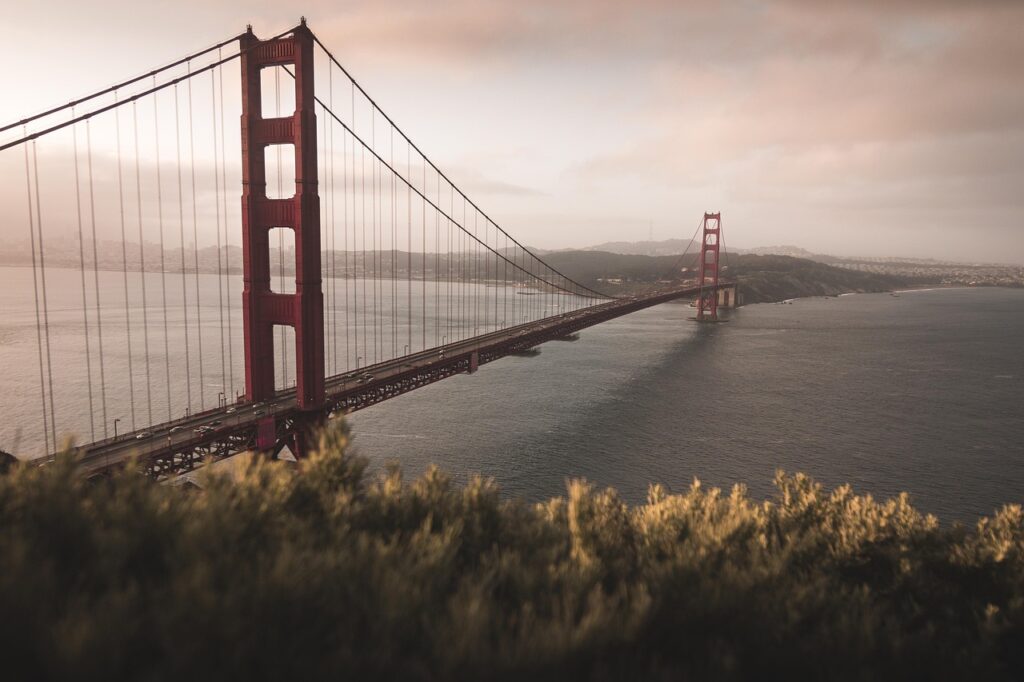
BART forms the regional spine to SFO and OAK while Muni Metro and ferries unlock the Embarcadero, museums, and bay views without the parking puzzle. Rankings vary globally, but for visitors BART routinely bypasses Bay Bridge backups, delivering car free access to core sights with time to spare.